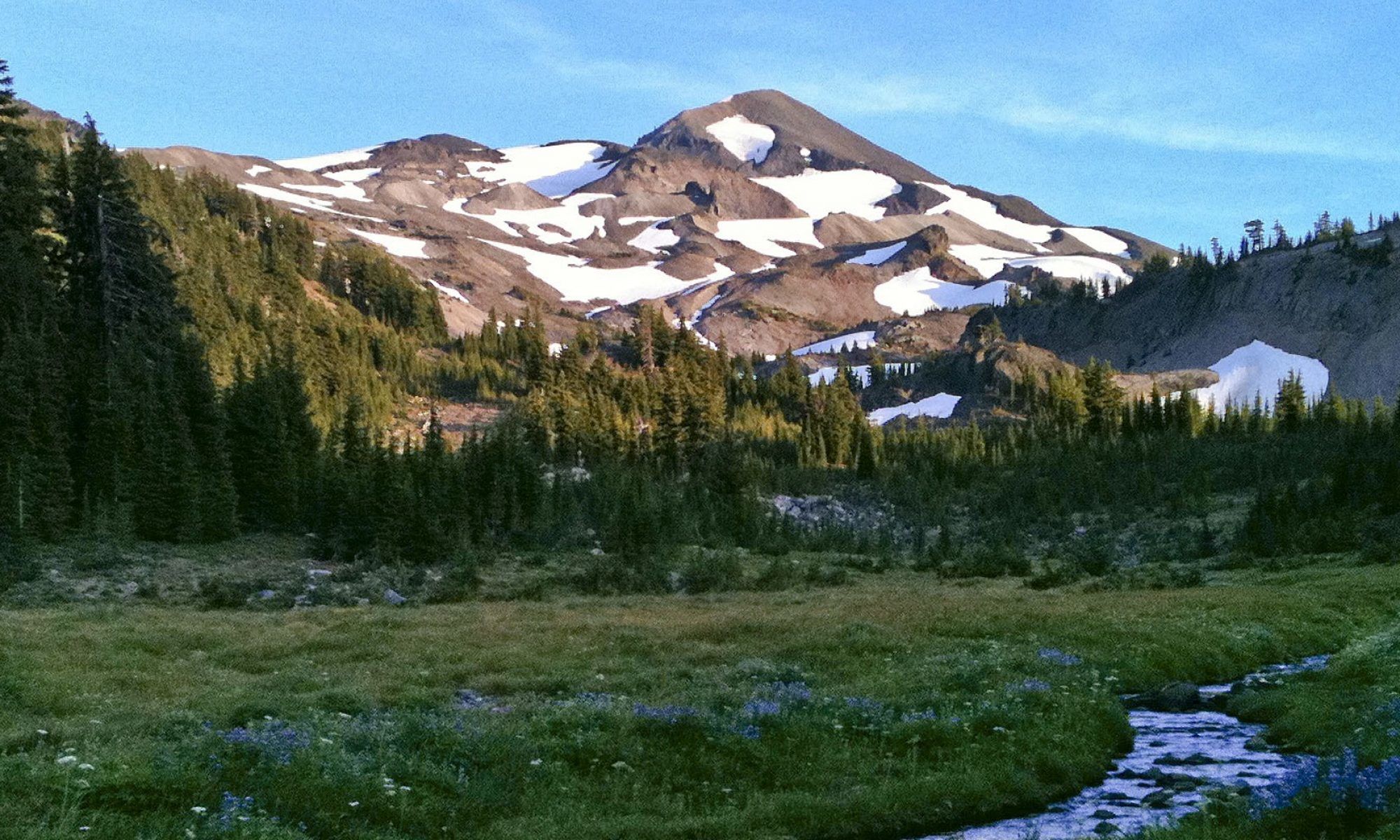I love spending time in the Central Oregon high desert during the transition from summer to fall. One thing that hits home in the NW when you are east of the Cascades is the extreme temperature variance that occurs each day. It can swing as much as 40 degrees on any given day. Granted the desert is typically the land of extremes, but it started me thinking.
Update your kits
We should all have a schedule, albeit flexible, that we live by when it comes to our kits. Just like our smoke detector batteries, we need to update our kits for the season ahead. In the high desert during this time of year, a night out without the proper outerwear or shelter will be extremely miserable if not worse.
Not just when, but where
It is important for us to not only consider where we are but what season is coming.
West of the Cascades it is generally a swing between moderate temperatures and miserably wet. If you are not prepared to protect yourself from the wet you could suffer from hypothermia in weather as warm as 60 degrees. We need to carry rain gear and synthetic or non-cotton clothing, I would say all year in the NW.
East of the Cascades it is critical to be prepared to handle extreme cold, low humidity, snow, and ice. When the temperature quite often drops into the 20’s at night we also need to consider carrying an emergency shelter for the event that we need to spend a night out. Without it, we may not survive.
Choose wisely
There is an old adage, “cotton kills”, that we live by in the outdoors. It comes from the fact that when cotton gets wet, be it from sweat, rain, melting snow or falling in the river, it will quickly deplete our ability to maintain our body temperature. Cotton holds on to water and when against our skin our bodies spend a lot of energy trying to warm it up. Often leading to hypothermia in the wild. Although you will almost certainly find a cotton t-shirt in my pack, nothing is as cozy to sleep in, it will not be my primary clothing.
Natural fiber substitutes for synthetic
I am a big fan of natural fiber clothing and will always choose it over synthetic, call me old school if you like. Two of my favorite natural fibers for the outdoors are wool and silk. Most people are familiar with the value of wool. We see it in the movies. Pre 1990 veterans are all too familiar with wool and how well it works in all climates. It is a natural wicking fiber and hydrophilic, which keeps the moisture off of you.
Silk, on the other hand, is not as well known for its value in the wild. I personally have been using silk in the wild for at least 30 years. It is light, durable, warm, and fire resistant. Not to mention how wonderful it feels against your skin. Silk is also a great wicking fiber. But for me, perhaps odd to you, its most valuable quality is its fire resistance. One thing I spend a lot of time doing in the wild when it is cold is messing with fire. Whether it is for cooking, warmth or entertainment. I have found that a good pair of silk glove liners, very thin gloves meant to be worn inside a pair of gloves, are indispensable. They offer great tactility and dexterity, but most importantly they don’t melt.
Always remember your feet
I cannot stress this enough, if you don’t take care of your feet, they will not take care of you. I have a proclivity for the wilderness, but the truth of the matter is that most of us will find ourselves in an urban or suburban area when we need our kits to survive. In the wilderness, the rule is to stay put and wait for help. In an urban or suburban environment being able to walk 2 miles could mean the difference between a hot meal and a miserable night.
We don’t always dress for survival, in fact, it is quite rare that we do. So we need to have good sturdy footwear in our kits. Even if we stay put and wait, a cold night with boots will be a lot better than with your flip-flops.
Forethought is your friend
The most important tool you have, is your mind, use it. If we devote just a small amount of time at the turn of each season to look ahead and update our kits appropriately, it will make a world of difference should we need to use them. Remember, we don’t plan on having a house fire, but we still have fire extinguishers and smoke detectors. If you don’t have an emergency kit in your house and car, now is a good time to fix that. There is nothing more important than our families, let’s take care of them.















You must be logged in to post a comment.